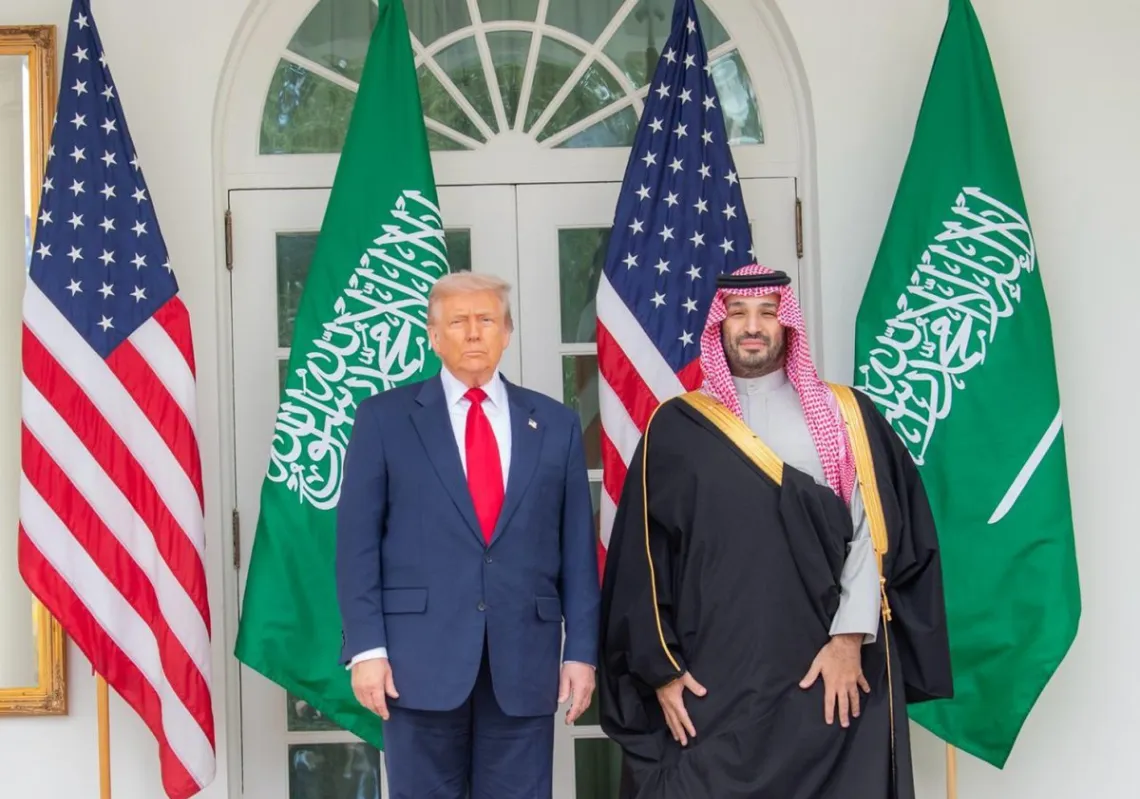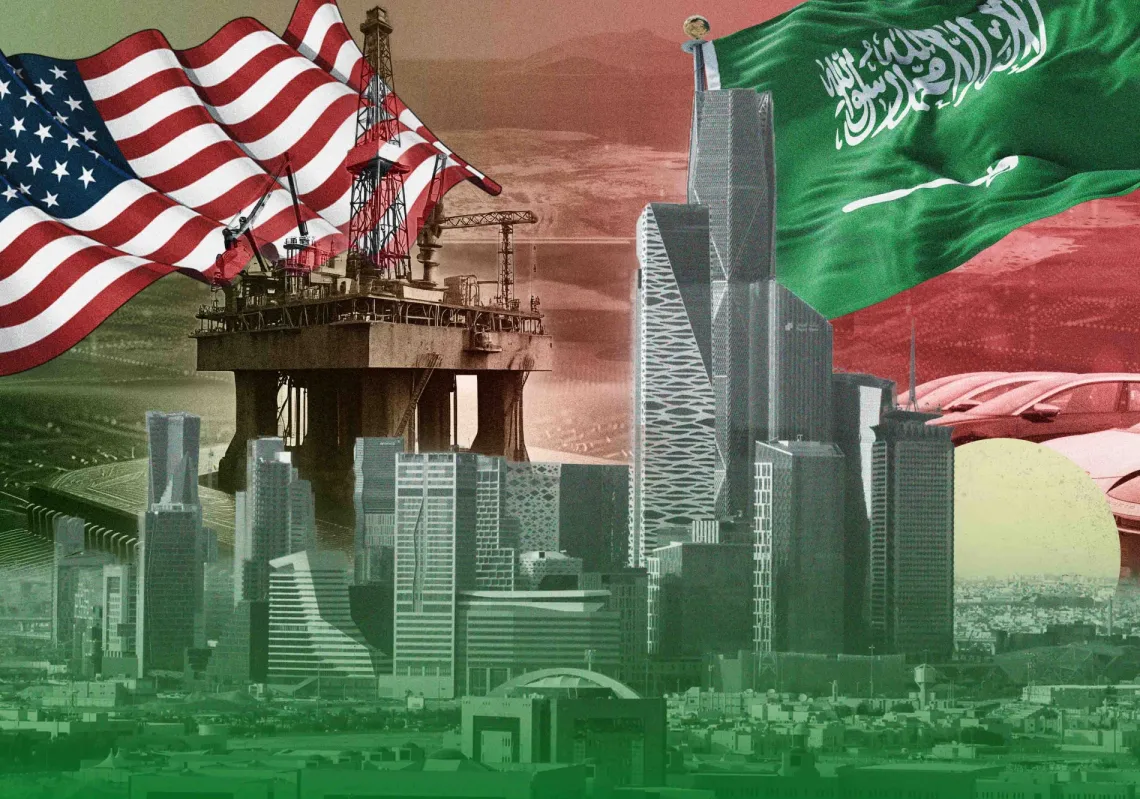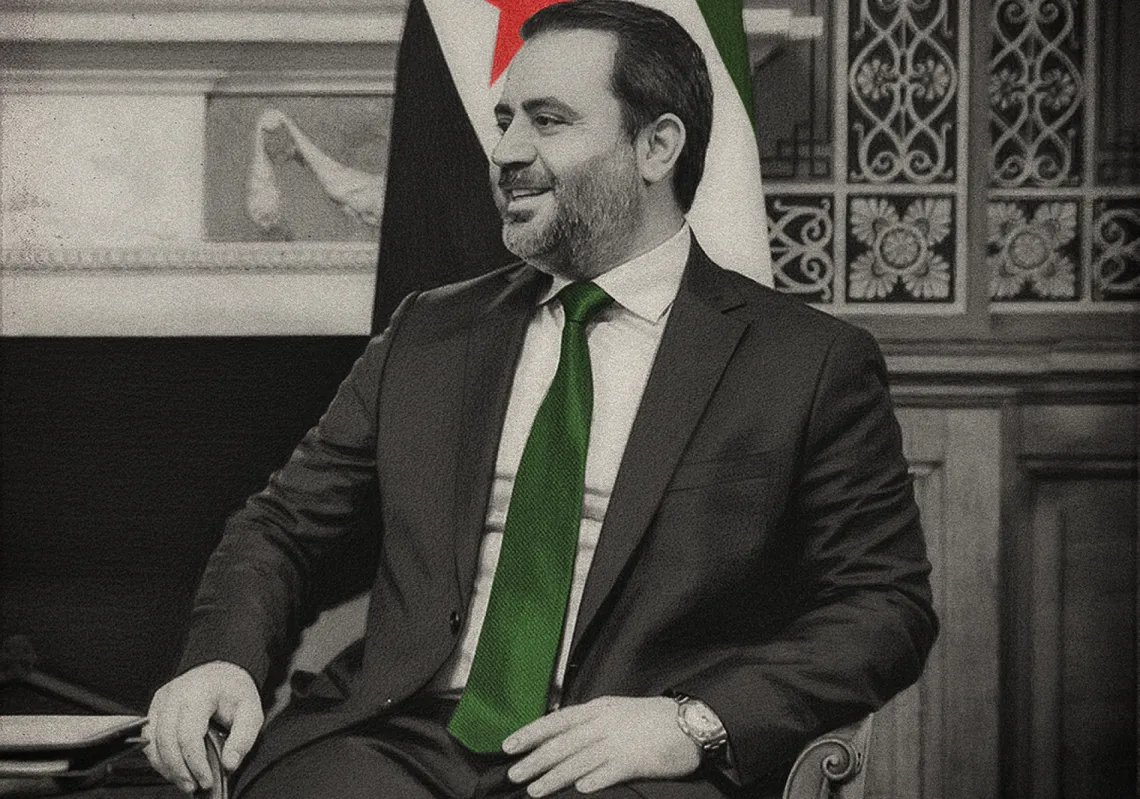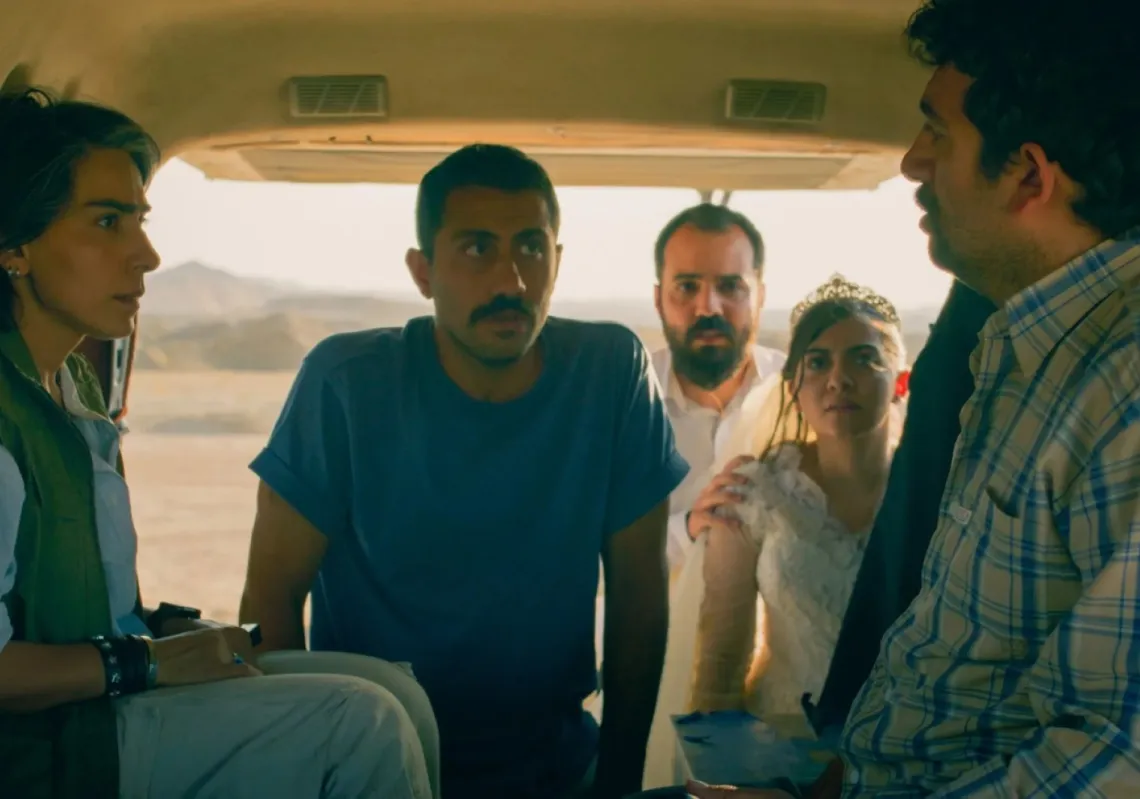Decision Points
George W. Bush
Crown 2010
When asked how history would judge the Iraq war, George W. Bush told The Washington Post’s Bob Woodward: “History, we don’t know. We’ll all be dead.”
Inconsistent with this nonchalant response, Bush seems unwilling to wait until everyone is dead for history to grant him, or not, his due credit. In his recently published memoir, Decision Points, America’s 43rd president takes matters into his own hands as he tries to reshape his political legacy, even before history gets to judge.
While readers might disagree with Bush's thinking, the book simply illustrates how the former president thinks, and how he took his decisions. Readers must be aware, however, that at times, Bush does not disclose all that he knows, even though the most of the information he tries to hold back has become public knowledge.
For instance, David Sanger of The New York Times reported—and later published in a book—that Israeli officials showed up in Washington with satellite pictures of a Syrian nuclear reactor. The Bush version of the story goes like this: "In the spring of 2007, I received a highly classified report from a foreign intelligence partner. We pored over photographs of a suspicious, well hidden building in the eastern desert of Syria."
Bush argues that since US intelligence could not verify that the reactor was part of a Syrian weapons program, he told former Israeli Prime Minister Ehud Olmert that America's air force would not take out the facility. Bush reported that a disappointed Olmert said his country considered the Syrian reactor an "existential threat." Bush writes that on 6 September 2007, the facility was destroyed, without specifying who destroyed it. Needless to say, it is publically known today that the Israelis—who supplied the intelligence in the first place—were the ones who sent their fighter jets to bomb the Syrian reactor.
The story of the Syrian reactor might make some readers ask: If Bush has left out details, how much detail has he left out exactly? And would such details change the common perception of some stories, if they were told differently?
The fact that this book leaves out such details might tell readers that while Bush intended to make everyone see events from his perspective, he also tried to filter information, a fact that makes the book more of a tool to rewrite history in his favor, rather than reporting it as it happened.
Yet despite such a downside, the book is filled with behind-the-scenes stories of interest to Middle Eastern readers. The former US president recounts how he received then Crown Prince, now Saudi King, Abdullah bin Abdul-Aziz, in his ranch in Crawford, Texas, in April 2002. “When will the pig leave Ramallah?” the crown prince told Bush in reference to former Israeli Prime Minister Ariel Sharon who had ordered a military operation in the West Bank that culminated in besieging late Palestinian President Yasser Arafat in his house. “Clearly the Saudi ruler was not happy with Ariel Sharon,” Bush added.
The former president tells of his experience of receiving King Abdullah along with Saudi Foreign Minister Saud Al-Faisal and Ambassador to the US Bandar bin Sultan. He explains that by the time his Saudi guests had arrived in the ranch, the Arab Peace Initiative—which the Saudi monarch had proposed and had been endorsed by the Arab League in Beirut a month earlier—had been shelved because of the Sharon offensive. “The Saudis had expected me to persuade Sharon to withdraw from Ramallah before the crown prince arrived. Now they were insisting that I call the prime minister on the spot. I wasn’t going to conduct diplomacy that way,” according to Bush.
To convince the Saudi leader to stay, Bush asked for a moment alone with King Abdullah. The American leader told his Saudi counterpart about his Christian beliefs. The Saudi monarch was not impressed. Then, Bush took his Saudi guest on a tour of the ranch and tension remained high until, while driving his Ford 150 truck, Bush came across a turkey hen that blocked his way and would not move. “Suddenly I felt the crown prince’s hand grab my arm…My brother, he said, it is a sign from Allah. This is a good omen,” Bush writes. “For the rest of my presidency, my relationship with the crown prince—soon to become king—was extremely close.”
Bush’s narration of his relations with other heads of state also brings to the fore behind-the-scene details about decisions that shaped the world. In the summer of 2004, while visiting France, President Jacques Chirac told him that their two countries should do what it takes to protect the Lebanese democracy from Syrian control, and should work together to end Syrian occupation of Lebanon. The extension of the term of former Lebanese President Emile Lahoud, “a Syrian puppet,” gave Bush and Chirac the lead. In September, they proposed at the Security Council—and secured approval for—Resolution 1559, which helped to force a Syrian withdrawal from Lebanon in 2005.
Bush argues that his meeting with Iraqi Prime Minister Nouri Al-Maliki was also instrumental in his decision to order the surge of troops in Baghdad. According to the former American president, Washington implemented the surge only after Bush had found a reliable partner in Al-Maliki.







